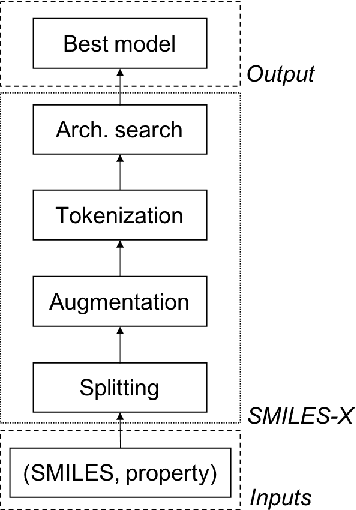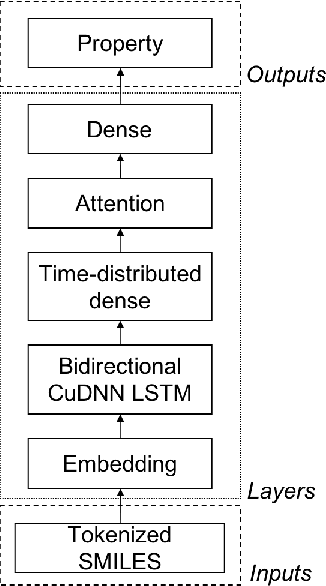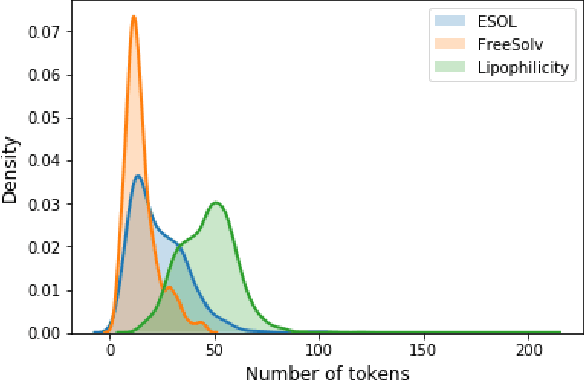Guillaume Lambard
Mining experimental data from Materials Science literature with Large Language Models
Jan 19, 2024Abstract:This study is dedicated to evaluating the capabilities of advanced large language models (LLMs) such as GPT-3.5-Turbo, GPT-4, and GPT-4-Turbo in the extraction of structured information from scientific documents within the field of materials science. We introduce a novel methodology for the comparative analysis of intricate material expressions, emphasising the standardisation of chemical formulas to tackle the complexities inherent in materials science information assessment. To this end, we primarily focus on two critical tasks of information extraction: (i) a named entity recognition (NER) of studied materials and physical properties and (ii) a relation extraction (RE) between these entities. The performance of LLMs in executing these tasks is benchmarked against traditional models based on the BERT architecture and rule-based approaches. For NER, LLMs fail to outperform the baseline with zero-shot prompting and exhibit only limited improvement with few-shot prompting. However, for RE, a GPT-3.5-Turbo fine-tuned with the appropriate strategy outperforms all models, including the baseline. Without any fine-tuning, GPT-4 and GPT-4-Turbo display remarkable reasoning and relationship extraction capabilities after being provided with merely a couple of examples, surpassing the baseline. Overall, the results suggest that although LLMs demonstrate relevant reasoning skills in connecting concepts, for tasks requiring extracting complex domain-specific entities like materials, specialised models are currently a better choice.
SMILES-X: autonomous molecular compounds characterization for small datasets without descriptors
Jul 04, 2019



Abstract:There is more and more evidence that machine learning can be successfully applied in materials science and related fields. However, datasets in these fields are often quite small ($\ll1000$ samples). It makes the most advanced machine learning techniques remain neglected, as they are considered to be applicable to big data only. Moreover, materials informatics methods often rely on human-engineered descriptors, that should be carefully chosen, or even created, to fit the physicochemical property that one intends to predict. In this article, we propose a new method that tackles both the issue of small datasets and the difficulty of task-specific descriptors development. The SMILES-X is an autonomous pipeline for molecular compounds characterisation based on a \{Embed-Encode-Attend-Predict\} neural architecture with a data-specific Bayesian hyper-parameters optimisation. The only input to the architecture -- the SMILES strings -- are de-canonicalised in order to efficiently augment the data. One of the key features of the architecture is the attention mechanism, which enables the interpretation of output predictions without extra computational cost. The SMILES-X shows new state-of-the-art results in the inference of aqueous solubility ($\overline{RMSE}_{test} \simeq 0.57 \pm 0.07$ mols/L), hydration free energy ($\overline{RMSE}_{test} \simeq 0.81 \pm 0.22$ kcal/mol, which is $\sim 24.5\%$ better than molecular dynamics simulations), and octanol/water distribution coefficient ($\overline{RMSE}_{test} \simeq 0.59 \pm 0.02$ for LogD at pH 7.4) of molecular compounds. The SMILES-X is intended to become an important asset in the toolkit of materials scientists and chemists. The source code for the SMILES-X is available at \href{https://github.com/GLambard/SMILES-X}{github.com/GLambard/SMILES-X}.
 Add to Chrome
Add to Chrome Add to Firefox
Add to Firefox Add to Edge
Add to Edge